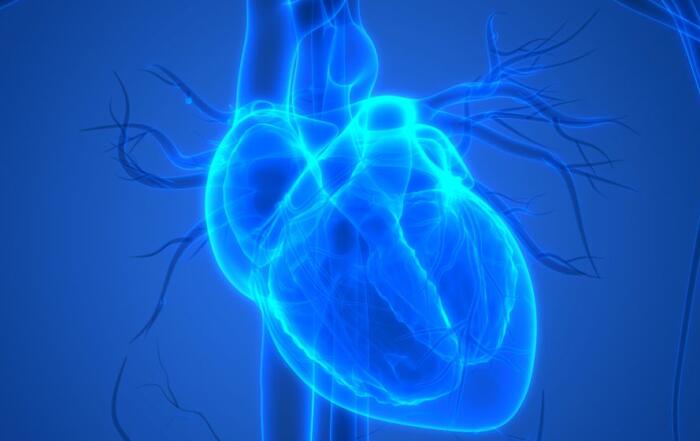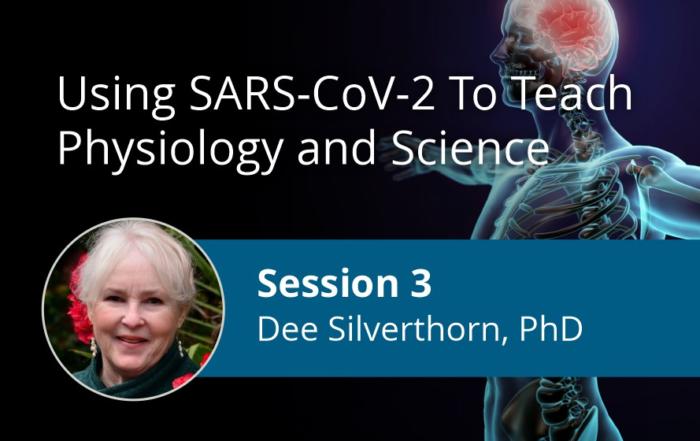Dr. John Waters discusses how to help students organize their understanding of biology around larger themes that are common across the life sciences. This is the fourth webinar in this 4-part series on how science education has evolved in the face of new challenges.
Anatomy and physiology (A&P) and general biology are traditionally taught in separate portions of a biology curriculum, and introductory A&P courses often lack an evolutionary biology emphasis. Penn State has developed a Plant and Animal Biology course taken by first- and second-year undergraduate biology majors that integrates plant and animal biology around common themes, such as physical support, gas exchange, and energy acquisition, with an emphasis on anatomy & physiology. Students study how plants and animals evolved solutions to shared challenges such as the transition to land and maintaining homeostasis in a terrestrial environment. Many of these solutions are surprisingly similar despite co-evolving separately. Other mechanisms can be traced back to the last eukaryotic common ancestor that gave rise to plants and animals. Their goal is to help students organize their understanding of biology around larger themes common across the life sciences, and to see plants and animals (including humans), not as unrelated entities relegated to artificial boxes within a curriculum, but as evolutionary cousins in a diverse family of intimately related organisms.
Click to watch the webinar recording. To view the presentation full screen simply click the square icon located in the bottom-right corner of the video viewer.
Resources
To retrieve a PDF copy of the presentation, click on the link below the slide player. From this page, click on the “Download” link to retrieve the file.
Presenters
Teaching Professor
Biology
The Pennsylvania State University












